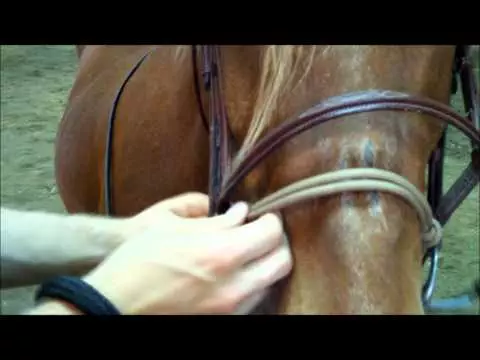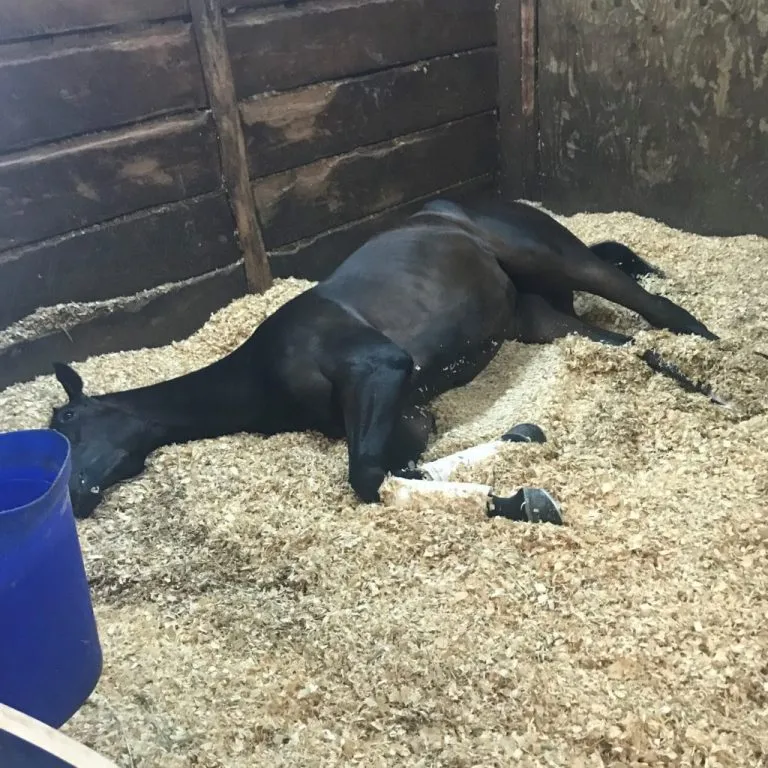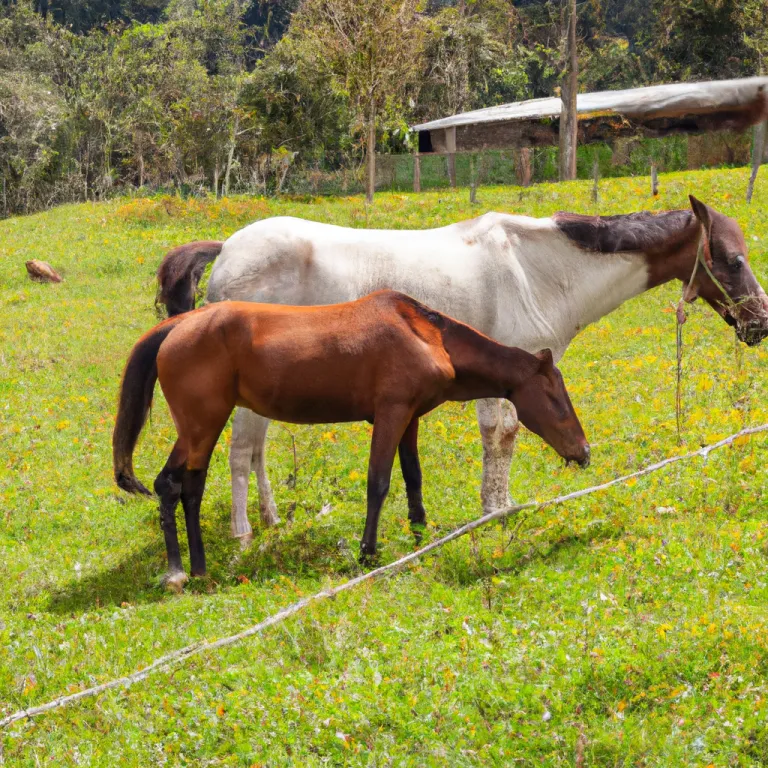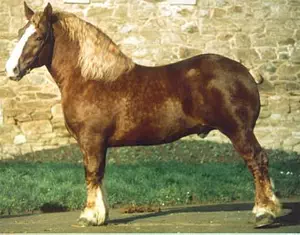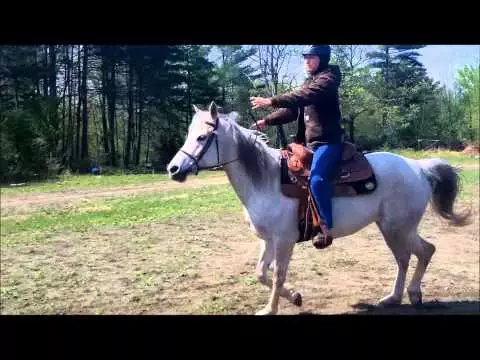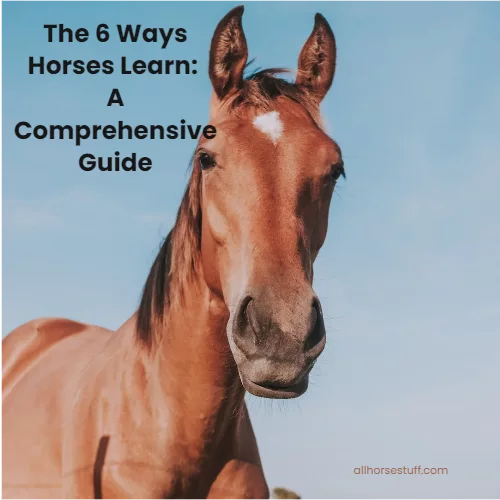Mastering Horse Measurement: Tips for Perfect Fit and Health Tracking
Sizing a horse should feel simple, not mysterious.
If you buy, fit tack, or track health, knowing how horses are measured can save you money, time, and stress.
The short answer: horses are measured for height, girth, and key body parts using a few basic tools and clear standards.
You’ll see height written in “hands,” a tradition that goes back to using the width of a human hand as a unit.
Last update on 2025-11-10 / Affiliate links / Images from Amazon Product Advertising API
One hand equals 4 inches, and height is taken from the ground to the withers, the bony ridge between the shoulder blades.
That single spot maintains consistency across breeds and builds.
Girth measurement wraps around the chest, just behind the elbows. It aids in saddle fitting, selecting the correct girth, and estimating body weight.
Simple tools, like a measuring stick, a stiff tape, or a weight tape, make the job quick and repeatable, as long as the horse stands square on level ground.
Ready to measure with confidence? Let’s start with height in hands.
How to Measure a Horse’s Height in Hands
Measuring height is one of the clearest parts of how horses are measured. The unit is set at 4 inches, corresponding to the average hand size.
To measure, stand the horse square on level ground, then take the height from the ground to the top of the withers.
A measuring stick with a level arm is ideal, though a stiff tape and a ruler block can work. Ponies are under 14.2 hands.
Most riding horses fall between 15 and 16 hands.
The “hand” comes from an old body-based unit, but today it is standardized at exactly 4 inches in the US and UK.
- Stand the horse square, head relaxed, on flat ground.
- Find the withers, the bony ridge between the shoulder blades.
- Place the vertical stick at the hoof, slide the arm to the top of the withers, read in hands.
- If you use inches, divide by 4 to convert to hands.
For an official step-by-step method, see the Iowa State Extension’s guide on the measurement procedure for horses and ponies.
Why Use the Withers as the Measuring Point?
The withers are the ridge between the shoulder blades.
Think of it as a horse’s shoulder height, like how dog height is taken at the shoulders.
This point is located on the spine and remains stationary in relation to the head and neck, ensuring stable and repeatable readings.
- Consistent across breeds: Muscling and mane length vary, but the withers do not.
- Fair for buying and showing: Everyone measures the same spot, so a 15.1-hand horse is the same from barn to barn.
- Reliable for growth tracking: Young horses can raise or lower their heads, but the withers give a fixed reference.
Some people ask about measuring the poll. The poll height changes with head position, so it does not give a reliable standard for records, breeding, or competitions.
Converting Hands to Inches and Feet
Hands use a base-4 system. The number after the decimal is inches out of 4, not a valid decimal.
- Formula:
hands = inches ÷ 4andinches = hands × 4 - Example: 14.2 hands = 14 × 4 + 2 = 58 inches, which is 4 feet 10 inches.
Quick reference table for standard heights:
| Hands | Inches | Feet and inches |
|---|---|---|
| 13.2 | 54 | 4 ft 6 in |
| 14.0 | 56 | 4 ft 8 in |
| 14.2 | 58 | 4 ft 10 in |
| 15.0 | 60 | 5 ft 0 in |
| 15.2 | 62 | 5 ft 2 in |
| 16.0 | 64 | 5 ft 4 in |
| 16.2 | 66 | 5 ft 6 in |
| 17.0 | 68 | 5 ft 8 in |
Many countries and sports bodies also record height in centimeters.
If you work across markets, keep both units handy.
For a simple definition and size reference, see this quick size chart explaining hands.
- ANXIETY RELIEF – Designed to help nervous and/or excitable horses relax and improve their ability to concentrate on work and training
- ENHANCED FOCUS – Formulated with complete support to help your horse achieve a balanced central nervous system
- SHOW SAFE – This product is not a sedative, and is completely show-safe for use before and during competition in all major federations
- THREE POWERFUL INGREDIENTS – L-Tryptophan aids serotonin delivery and can decrease anxiety; Thiamine (B1) addresses nutritional deficiencies and metabolic processes; Magnesium supports calm, relaxed muscles
- MADE IN THE USA – All our products are manufactured in our own facility in Colorado, since 1946
Last update on 2025-11-11 / Affiliate links / Images from Amazon Product Advertising API
Measuring Girth and Body Length for Health and Fitting
Girth and body length give you complex numbers for saddle fit, weight estimates, and daily health checks.
This is where the measurement of horses shifts from height to real-world care and management.
You will use a soft tape at the heart girth (behind the elbow) and a straight line for body length.
Accurate measurements prevent rubs, pressure points, and strain that can lead to injury.
Step-by-Step Guide to Heart Girth Measurement
Follow this routine for repeatable results:
- Stand the horse square on level ground, head relaxed.
- Calm the horse, then place a soft tape around the chest at the heart girth. This sits just behind the elbow, at the same line where the saddle’s billets or cinch lie.
- Keep the tape snug but not tight. Slide one finger under it.
- Ensure the tape remains level all the way around the barrel.
- Read the number in inches.
- Measure body length next: from the point of the shoulder to the point of the buttock in a straight line.
Common errors to avoid:
- Uneven ground: tilts the barrel and skews the number.
- Holding the breath: wait for a natural breath out, then measure.
- Crooked tape: a sag or diagonal adds inches.
- Fluffy coats: smooth the hair, keep tension consistent.
Pro tip: take 2 to 3 readings and use the average. Measure at roughly the same time of day for consistency.
For a quick visual and best-practice checklist, see the University of Tennessee’s guide on evaluating body weight and condition.
Using Measurements to Estimate Horse Weight
Use this formula in pounds: (heart girth in inches^2 × body length in inches) ÷ 330.
- Example: 72-inch girth and 68-inch length. Calculation:
(72 × 72 × 68) ÷ 330 ≈ 1050 lbs
This is an estimate. Breed type, muscling, and fat distribution can shift the actual number. Drafts and stocky breeds often weigh more than the formula predicts. For precision, use a veterinary or show scale.
Why these numbers matter:
- Feeding and supplements: dose by weight to avoid under- or overdosing.
- Health monitoring: track trends for weight gain or loss.
- Transport: match trailer and towing limits to actual weight.
- Saddle fit: English girths measure the distance between the billets, Western cinches fit the same heart girth zone but use shorter lengths due to rigging style. Recheck after body changes.
Want a cross-check tool?
Try The Horse’s adult horse weight calculator. It uses heart girth and body length, just like the formula above.
Standard Tools and Tips for Accurate Horse Measurements
Getting consistent numbers is half the battle when learning how horses are measured.
A few simple tools, a calm horse, and a steady routine eliminate guesswork and prevent fitness issues before they start.
Ever wondered why your saddle slips?
Minor errors in height or girth can ripple into tack problems, dosing mistakes, and training frustration. These horse measurement tips help ensure your readings are clean and repeatable.
Start with the right gear:
- Measuring stick with level arm: Ideal for measuring height at the withers, providing fast and precise results. See a clear overview of how horse height is measured.
- Soft tailor’s tape: Wraps smoothly for heart girth and body length.
- Weight tape: A quick and easy way to estimate weight, ideal for tracking changes. Many are about 90 percent accurate when used correctly, as noted in this guide on how to measure a horse’s height and weight.
- Helper and halter: Safer, calmer, smoother.
- Level ground: A flat, non-slip surface is a must.
Timing and frequency matter. Measure when your horse is calm, before work, or after a short hand walk. Take two to three readings and note them.
During periods of growth or dietary changes, please measure your child’s weight weekly to track their progress.
Otherwise, a monthly check keeps you on track.
Fidgety horse or uneven footing?
Move to a quiet corner, use a wall for reference, and keep sessions short. If numbers still bounce, ask a trainer, fitter, or veterinary technician to demonstrate a repeatable setup.
- SUPPORTS OVERALL HEALTH provides important vitamins & minerals that may be lacking in the diet
- IMMUNE HEALTH Contains iron and zinc, which support the immune system
- HEALTHY METABOLISM contains B-complex vitamins to support metabolism
- HELPS MAINTAIN ENERGY NEEDS & PERFORMANCE DEMANDS: contains 300 mg. of iron per 1/2 ounce
- HEALTHY CARDIOVASCULAR FUNCTION helps maintain normal blood cell health
Last update on 2025-11-10 / Affiliate links / Images from Amazon Product Advertising API
Best Practices to Avoid Measurement Mistakes
Small habits make a big difference.
Use this quick checklist for clean data every time.
- Square the stance and use level ground. Feet under the body, head relaxed. Crooked or sloped footing skews results.
- Double-check units and the point of measure. Height reads in hands; 1 hand equals 4 inches. Girth sits behind the elbow at the heart girth. Mixing inches, centimeters, and hands is a common source of error.
- Keep tapes snug, not tight. Slide one finger under the tape. Over-tight tapes can cause false lows, resulting in a tight tack and sore spots.
- Measure a relaxed breath. Wait for the horse to exhale normally. Hold the number, then repeat and average.
- Adjust for young horses and body changes. Foals and yearlings grow fast. Record dates and plan frequent rechecks to ensure fit and weight.
Practice builds consistency. Take notes, snap a quick photo of your tape placement, and compare over time.
Accurate numbers make measuring horses simple, predictable, and useful.
- HOOF HEALTH: Helps maintain healthy hoof growth
- HOOF QUALITY: Supports strong hoof walls
- KEY INGREDIENT: Contains biotin, which plays an important role in the metabolism of carbohydrates, fats, and proteins
- IDEAL USAGE: Perfect for all horses, including pregnant mares
- PALATABLE: Easy-to-feed larger crumble for less sorting
Last update on 2025-11-11 / Affiliate links / Images from Amazon Product Advertising API
Our Conclusion
Height at the withers keeps sizing honest, straightforward, and comparable across barns.
Girth and body length provide you with accurate and reliable fit and weight data.
A stick with a level arm, soft tape, and calm handling ensures consistent numbers.
That is the heart of how horses are measured for real-life care and safe tack choices.
Accurate measurements pay off fast. Saddles sit still, cinches fit, doses match the horse, and training feels smoother.
Track the same way each time, on level ground, and record your results.
Small habits, such as taking a deep breath and averaging two readings, help keep your baseline solid.
Put this into practice today.
Measure height at the withers, then wrap the heart girth and note body length.
Compare your notes next week and see what changed.
Share what you learn with your barn crew or drop a comment with your results and tips.
Thanks for reading, and happy measuring. Your horse will feel the difference.

